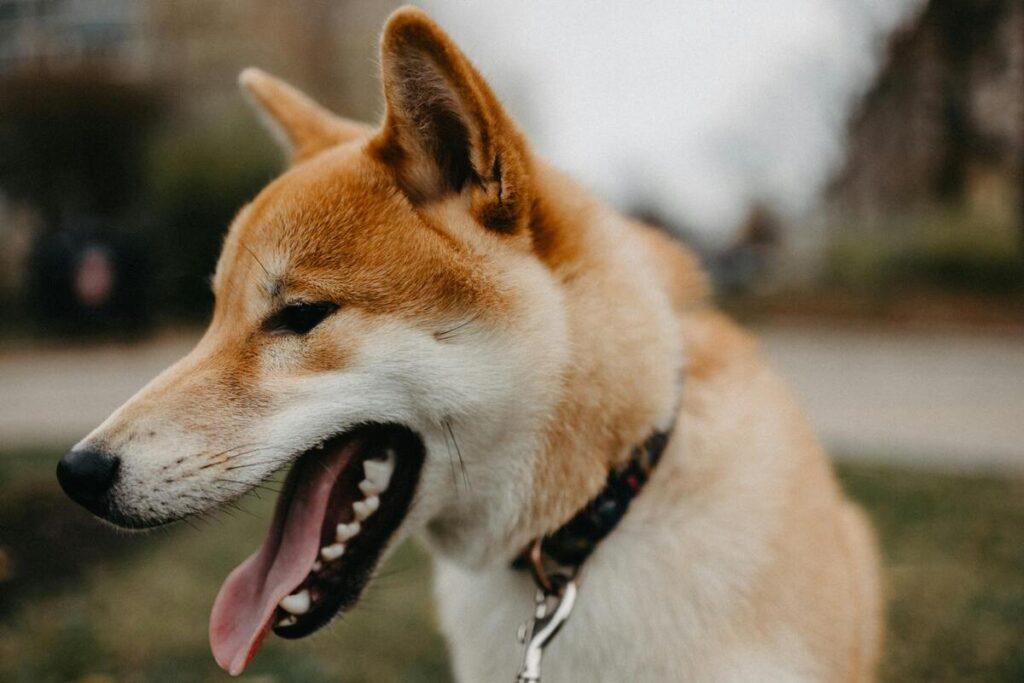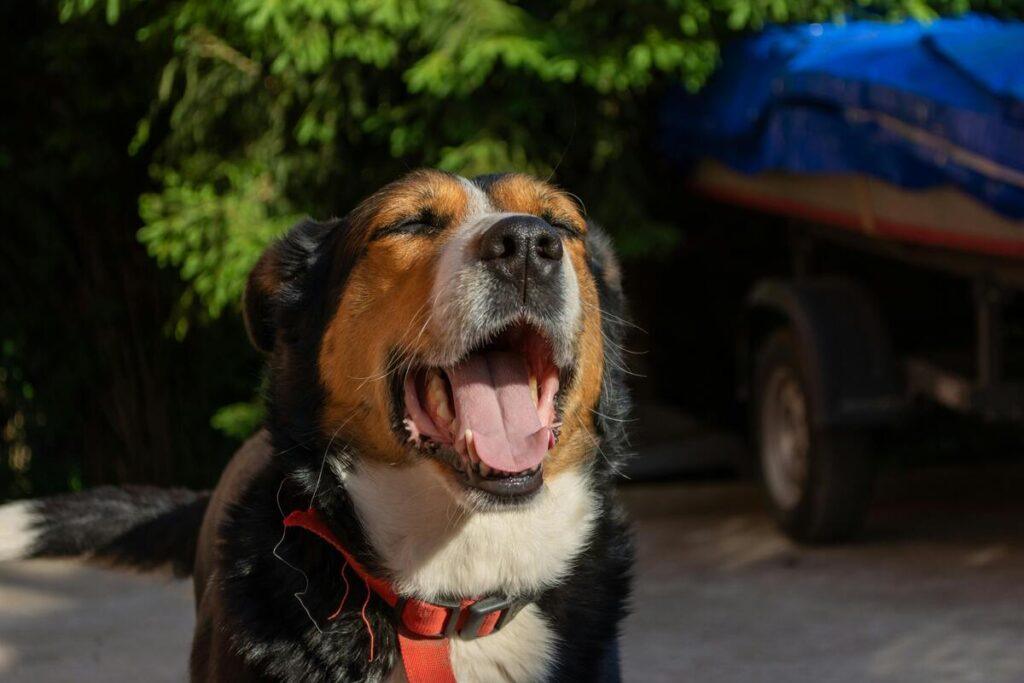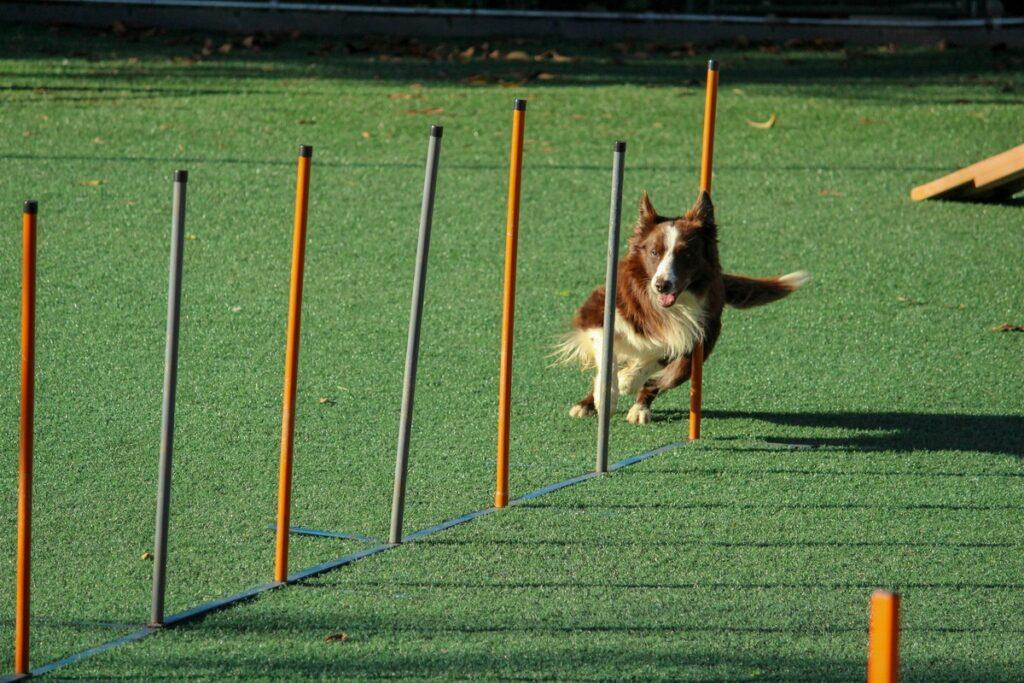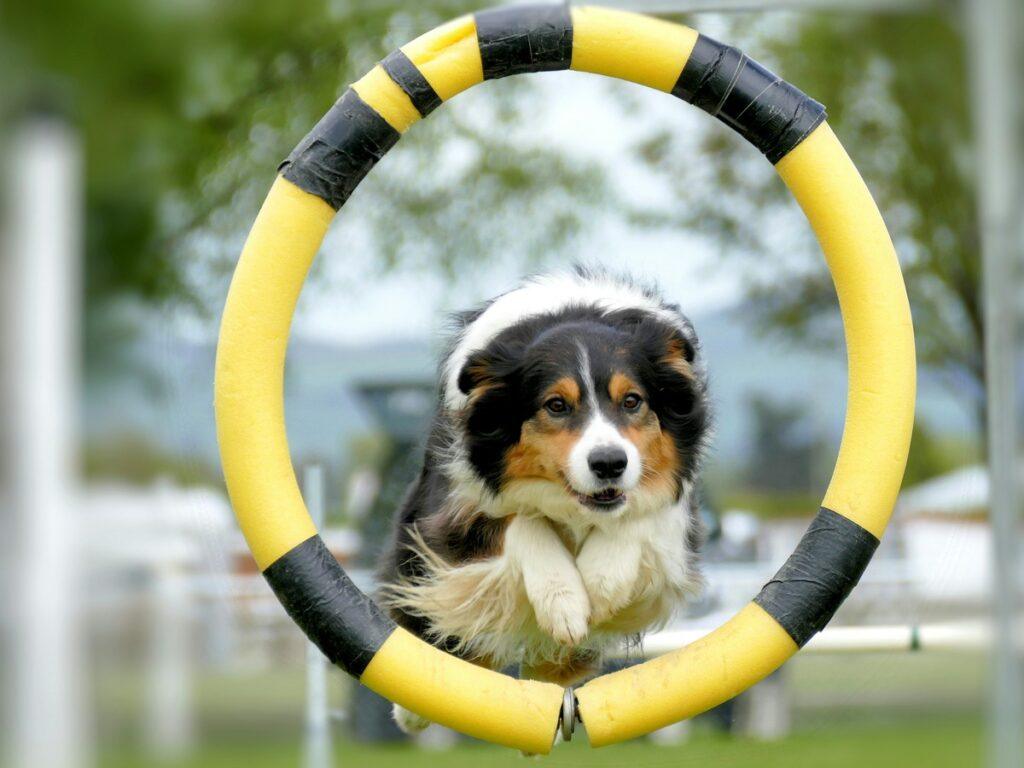Why does my dog yawn during training? It’s a question many dog owners ask, especially when their pup seems perfectly fine otherwise. While yawning might appear as just a sleepy reflex, in dogs it can be a subtle but important communication tool—particularly during training sessions.
Table of Contents
- What Does It Mean When a Dog Yawns During Training?
- Dog Yawning as a Stress Signal
- Yawning While Learning New Tricks
- How to React as an Owner
- How to Respond When Your Dog Yawns
- Pro Tips for Reducing Training Stress
- Common Mistakes to Avoid
- FAQ
Why Does My Dog Yawn During Training? Explained
Yawning in dogs is often misunderstood. While humans typically associate yawning with tiredness, dogs use yawns to communicate. During training, a yawn may indicate confusion, stress, or even an effort to self-calm. Understanding this behavior helps create a more supportive training environment for your pet.
Dog Yawning as a Stress Signal
One of the most common reasons why your dog yawns during training is stress. Training—especially when new or repetitive—can create tension. Dogs express this stress through calming signals like yawning. This doesn’t mean you’re doing something wrong, but it’s a sign your dog might need a mental break.
According to AKC’s guide on canine body language, yawning is one of many displacement behaviors dogs use when they’re unsure or anxious. Other signs include lip licking, turning away, or scratching.
Yawning While Learning New Tricks
Dogs often yawn when they’re mentally processing something. If your dog yawns while learning a new command, it could be a sign they’re trying to focus or feeling challenged. This is especially common in puppies or reactive dogs who are still developing their ability to stay calm under pressure.
Consider checking our guide on dog training behavior tips and reactive dog training for insights into managing emotionally sensitive dogs during sessions.

How to React as an Owner
If you notice your dog yawning frequently, don’t punish or ignore it. Instead, consider it a sign to slow down. Offer a short break, reward calm behavior, or end the session on a positive note. Training should always feel rewarding and not stressful.
Clicker training techniques like those explained in our clicker training guide can help build a more relaxed and predictable training structure.
How to Respond When Your Dog Yawns
Another key point to consider is the training environment itself. Loud noises, unfamiliar settings, or too many distractions can lead to overstimulation, causing your dog to yawn more frequently as a coping mechanism. In such cases, simplifying the environment or moving to a quieter space can significantly improve focus and reduce stress-related yawns.
Pro Tips for Reducing Training Stress
- Keep training sessions short—10 to 15 minutes is ideal.
- Use high-value treats and positive reinforcement.
- Train in quiet, low-distraction environments.
- End sessions on a successful command.
- Pay attention to subtle body language like yawning or turning away.
Common Mistakes to Avoid
Avoid pushing your dog too hard during training. Repeating a command too many times, using harsh tones, or skipping breaks can lead to more stress—and more yawning. Recognize when your dog is trying to communicate and adjust your approach accordingly.
FAQ
- Why does my dog yawn when I train him? — It’s often a calming signal or a sign of mild stress or confusion.
- Is yawning during obedience training normal? — Yes, especially if the dog is learning something new or finds the session too intense.
- Should I stop training if my dog yawns? — Not necessarily, but consider slowing down or taking a short break.
- Do dogs yawn during clicker training too? — Yes, it can happen when dogs are trying to understand a new marker or routine.
Final Thoughts: Yawning is not just about sleepiness. If you’re wondering why your dog yawns during training, it’s likely their way of telling you they need a moment to regroup. By being attentive and responsive, you can build a stronger bond and more effective training sessions.



